Spring was long overdue this year. In fact, it wasn’t until mid-April that it arrived in Denmark, and the frosty nights continued into early May. To make good use of the nice weather on a weekend in April, I went on a trip to the last two islands of Smålandshavet or Smålandsfarvandet (which translates to “the small-land waters’) that are connected by ferries to northern Lolland. These two islands are Fejø and Skalø, connected to one another by a small dam. I’d visited the three neighbouring islands of Askø, Lilleø and Femø on two separate trips, one in December and one in February, so I was excited to finally see the area in better weather – and with longer daylight hours and much more time to explore!
Fejø is by far the largest of the five islands, and Skalø is the second-smallest after Lilleø. There are two villages on Fejø, Vesterby and Østerby, as well as several farms. Over 450 people call the island home. There are also a few summer house areas that are especially lively during the summer months where the population expands considerably. The two villages combined offer everything necessary, including a school, day care, a retirement home, a grocery store, small craft shops, a vintage store, cafés, restaurants, a church and a small medical clinic. Skalø also has a small community spread out on three farms.
I arrived in the tiny village of Kragenæs on Lolland just before noon, and dragged my bike onboard the small ferry to Fejø. Although the island is a mere 2,5 kilometres from Lolland, the ride over took 18 minutes as the ferry is incredibly slow. It was a nice journey, though, with gorgeous views of the other islands of Smålandshavet.
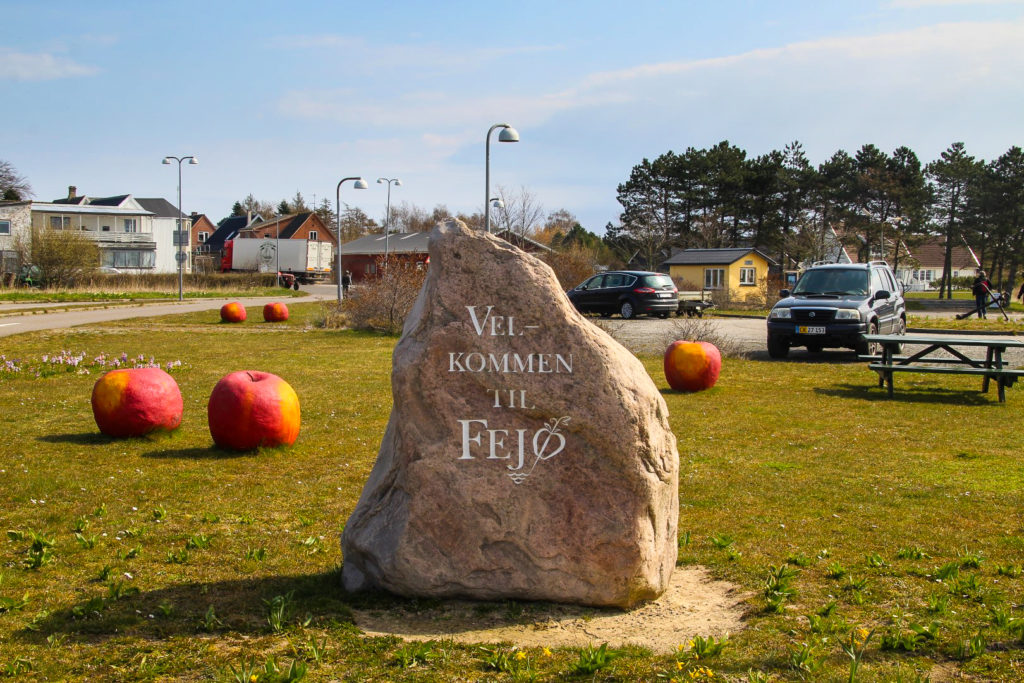
A single main road connects the two villages on Fejø, and it’s hardly noticeable when crossing from one to the other. They are linked by several farms, which makes them feel like one big village.
I had a constant smile on my face as I rode through the two villages. All the locals I met waved at me, and it was obvious that I’d arrived in a small community where people really care about one another. It’s a wonderful feeling, and something that makes island life very appealing to me.
My first plan for the day was to get to the supermarket in Østerby before it closed at 1 PM. I made it just in time to buy some food and drink for the day, before biking all the way back to Vesterby to visit a vintage store that I’d spotted on the way. I also stopped at a cute road stall that sold local soaps and herbal salts. Once I was done shopping, it was finally time to explore Fejø.
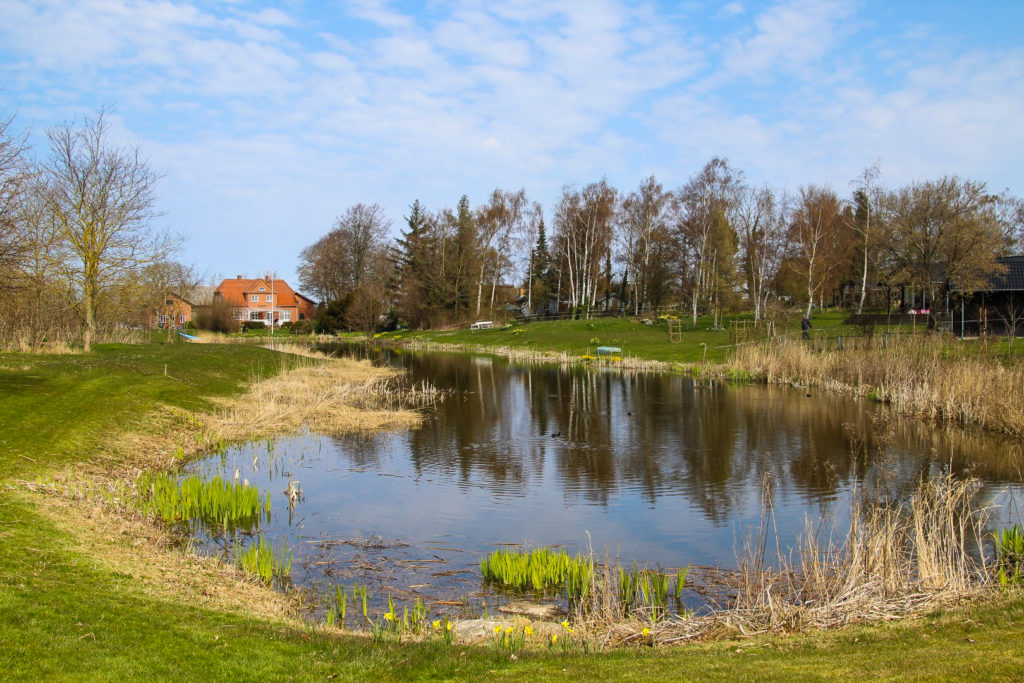
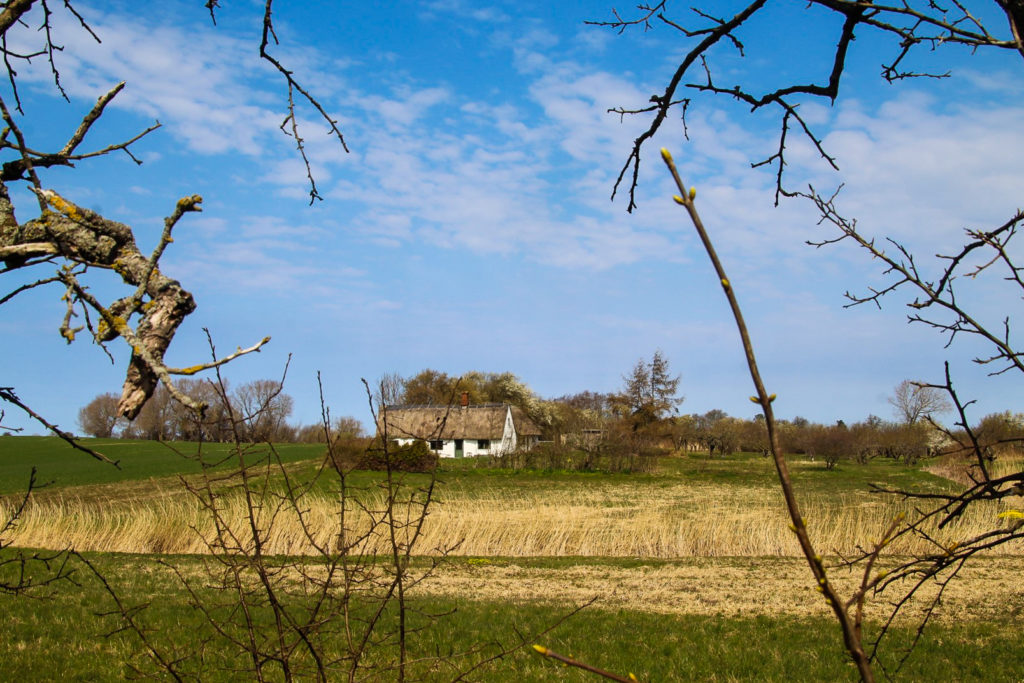
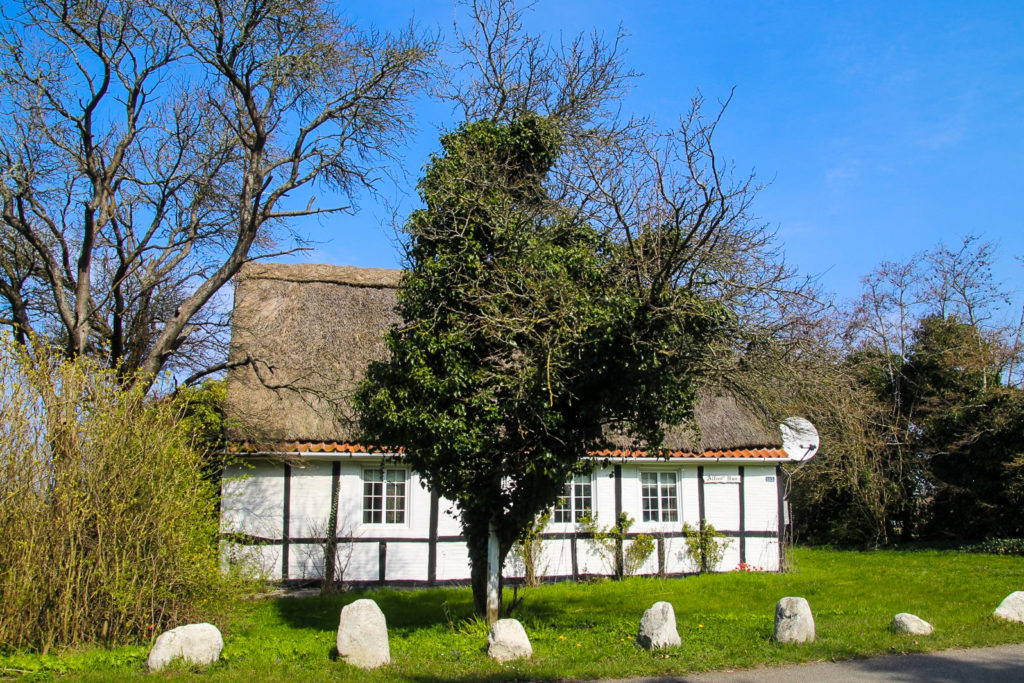
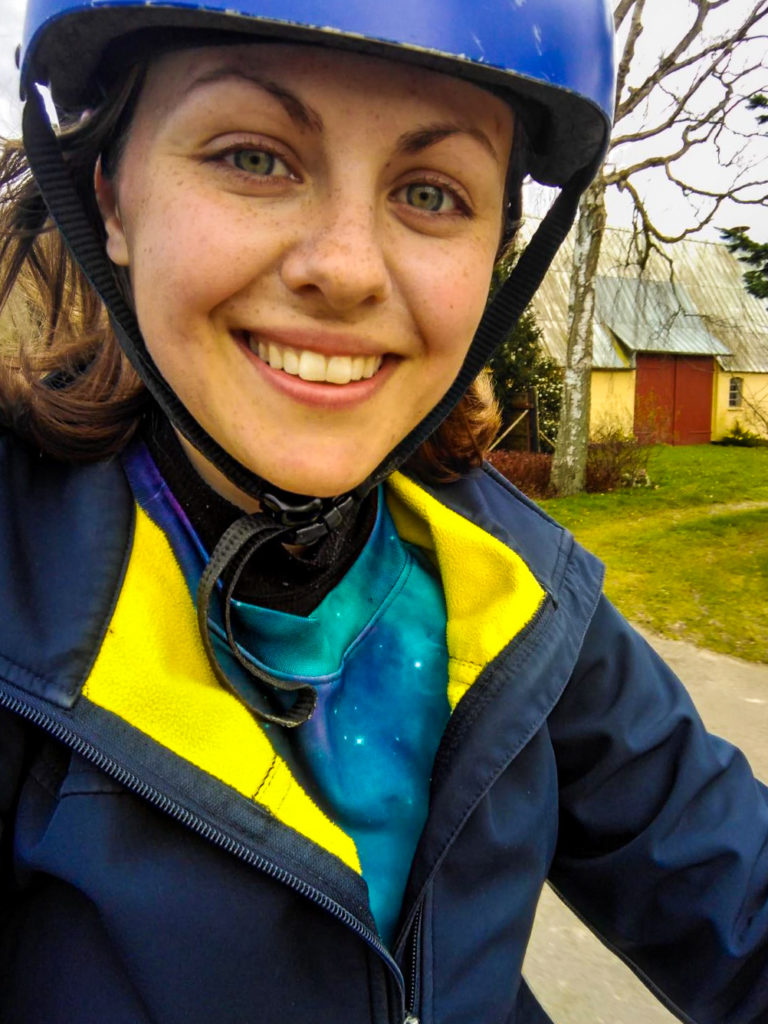

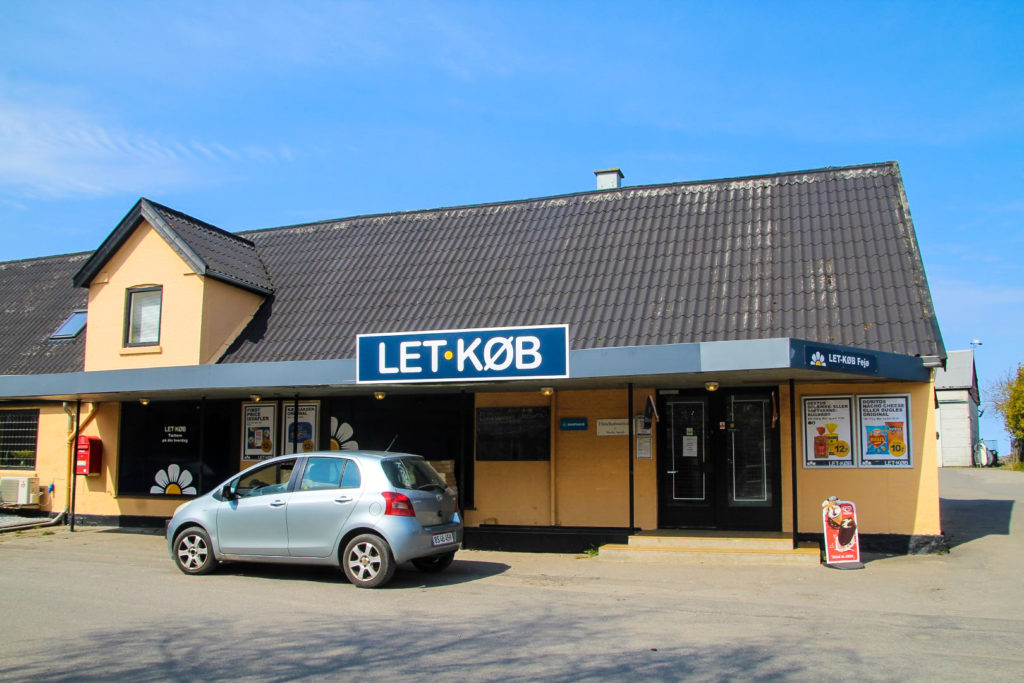


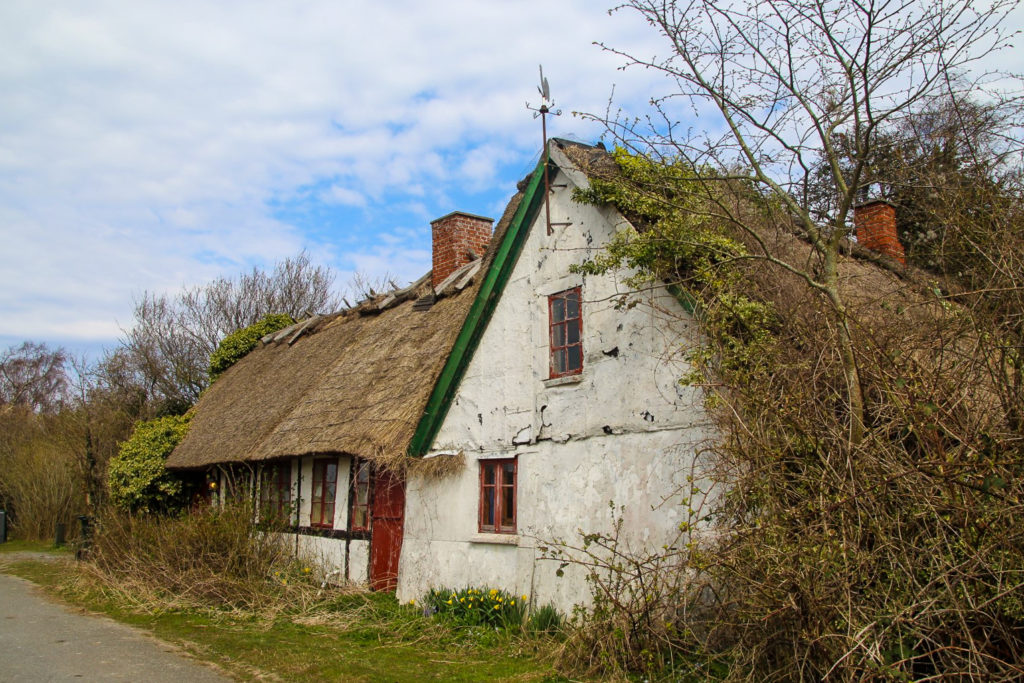
I rode slowly through the villages towards the only church on the island, which dates back to 1240 AD. The architectural style is a mix of Romanesque and Gothic. The church and the surrounding graveyard are situated only a few metres from the southern coast of the island. Although the location is gorgeous, it’s not very practical as the subsoil is full of saline water which affects the decay process of bodies greatly and thus, the buried are often preserved, and reburials are not possible. As a consequence, a new cemetery was established some hundred metres from the church in 1880.
On my way to the church, I came by a small exhibition of an old road roller from 1930, which is the only one left of its kind in Denmark. I also paid a visit to the tiny island school and met a few highland cows that were chilling in the sun, before stopping to enjoy my lunch on a secluded bench.
After my visit to the church, I cycled to Fejø Mølle, a Dutch windmill that dates back to 1858. It was in use until 1950 and was since left to decay, until a group of locals decided to restore the old mill in 1996. In the summer of 2013, it grinded corn for the first time since 1950.


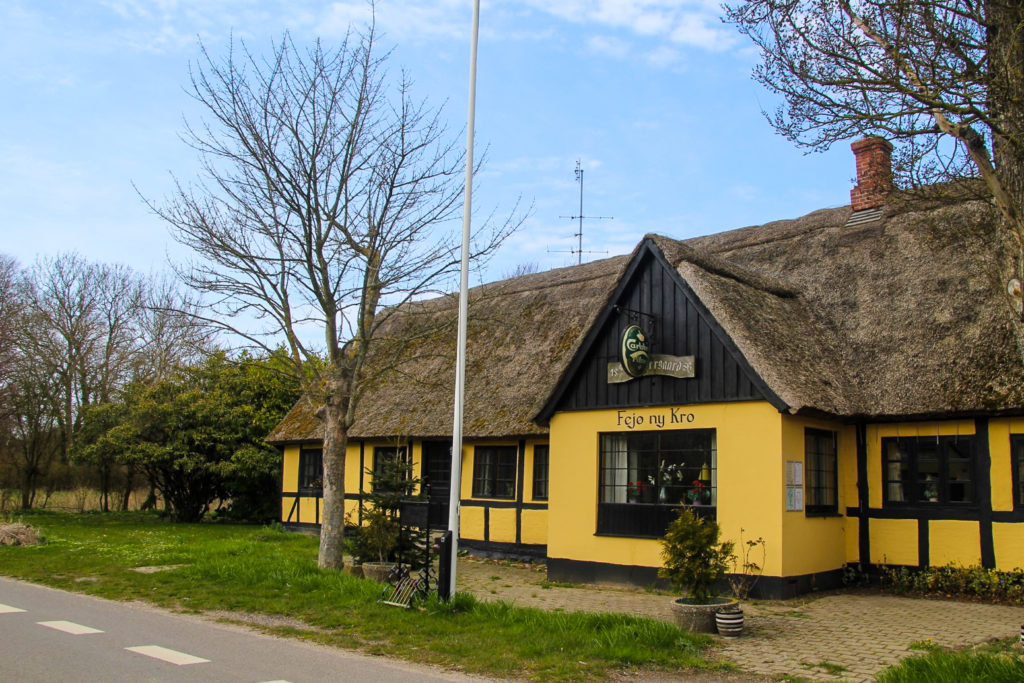


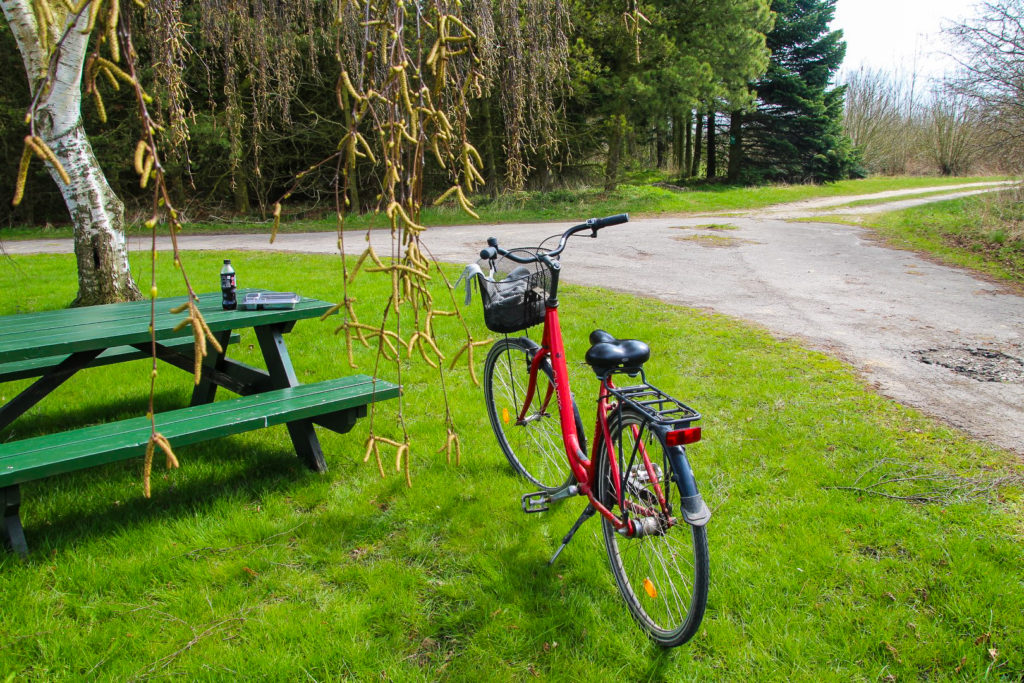
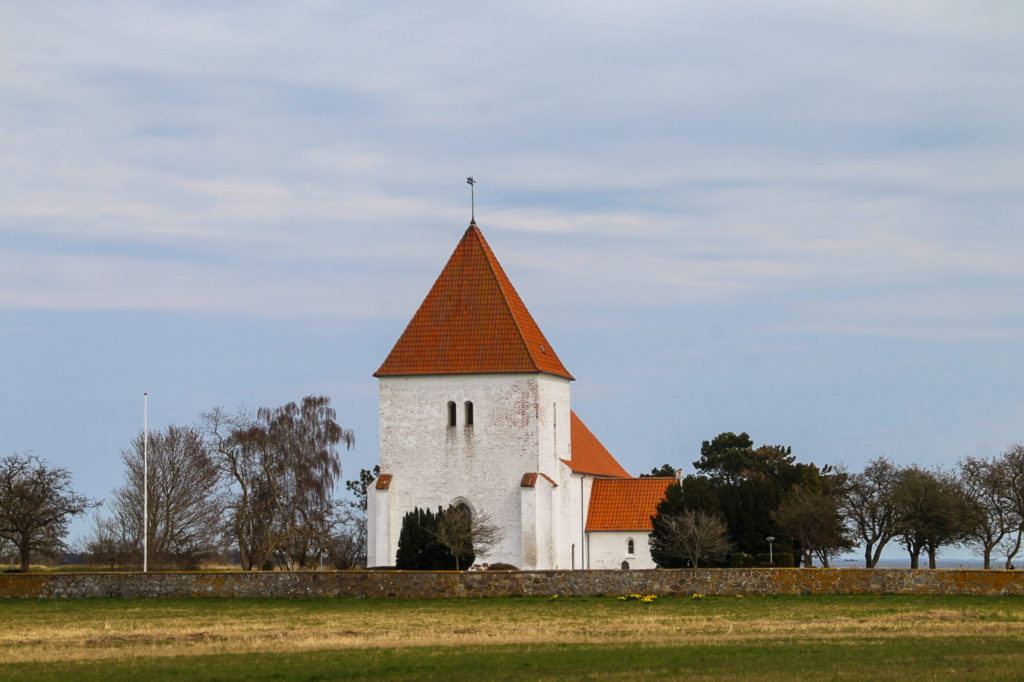
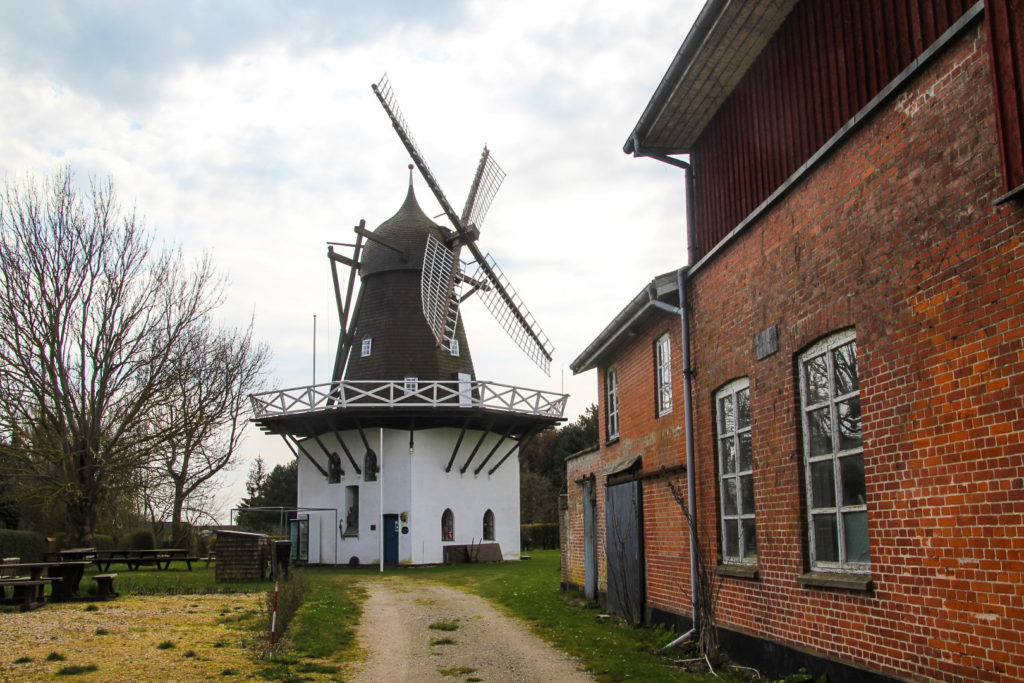
I left the villages behind and rode into the countryside in search of Kernegaarden, an idyllic farm that offers 100 % organic, sustainable and carbon neutral local products such as apple juice, cider, marmelade and apple cider vinegar. The apples used are grown in their own plantation. Fruit plantations are something that Fejø is well-known for. Due to its mild winters, it has one of the longest growing seasons in Denmark, making it a near perfect place for fruit production. Unfortunately, I was a few weeks early to see the fruit trees in bloom, but I did get a taste of it from the delicious apple juice that I purchased at the farm.
I decided to cycle to Dybvig Havn, a cozy atmospheric harbour with a small community, where I found a bench with a gorgeous view. It was the perfect place to enjoy my local apple juice.
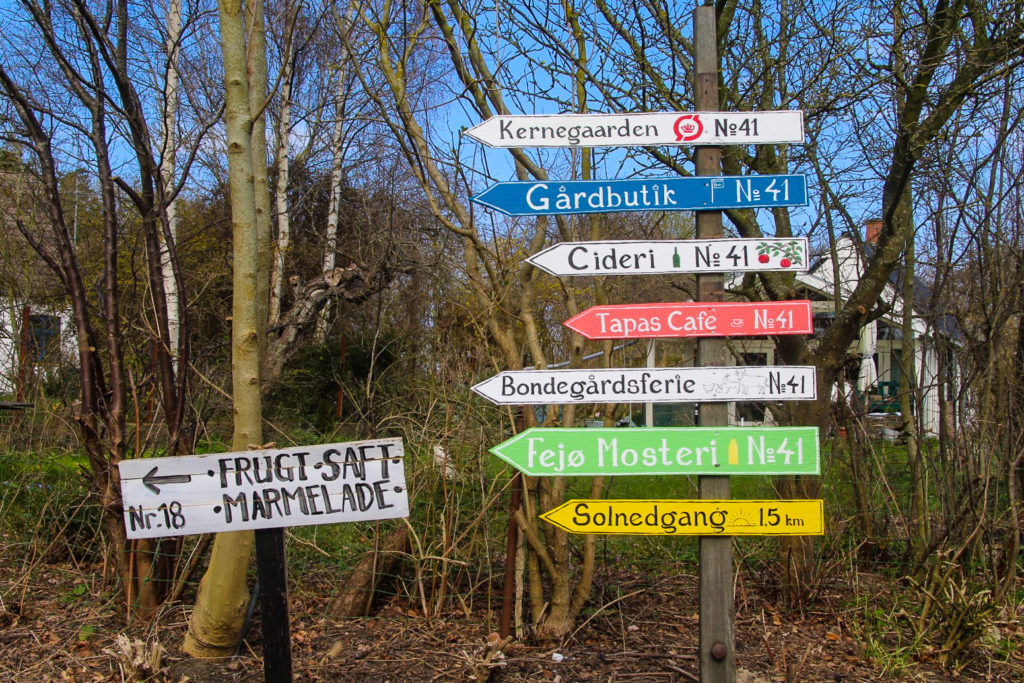

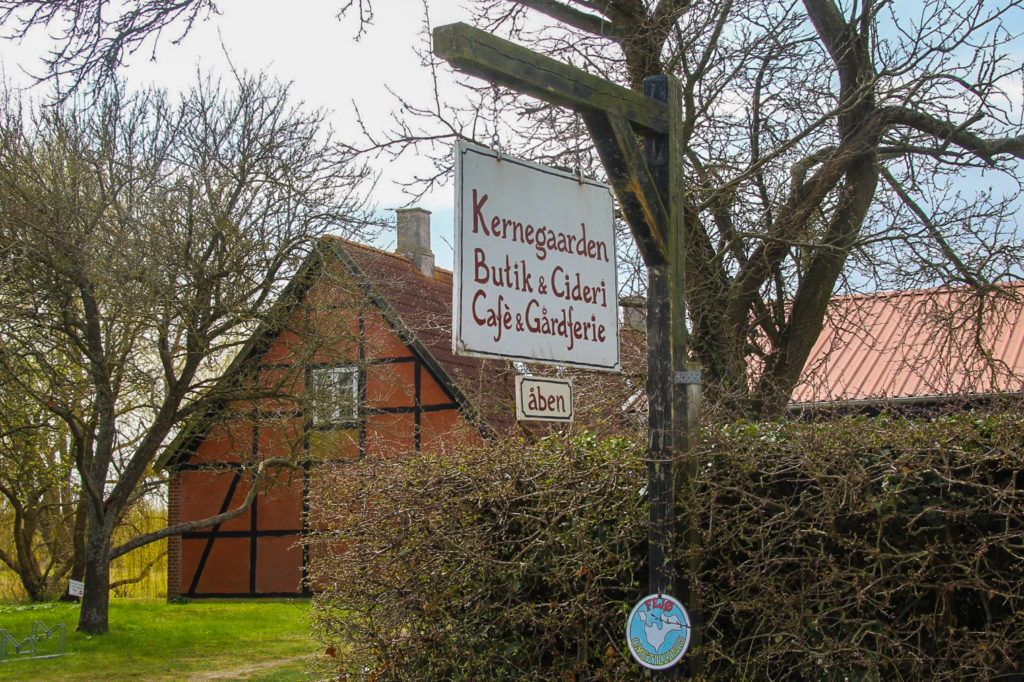

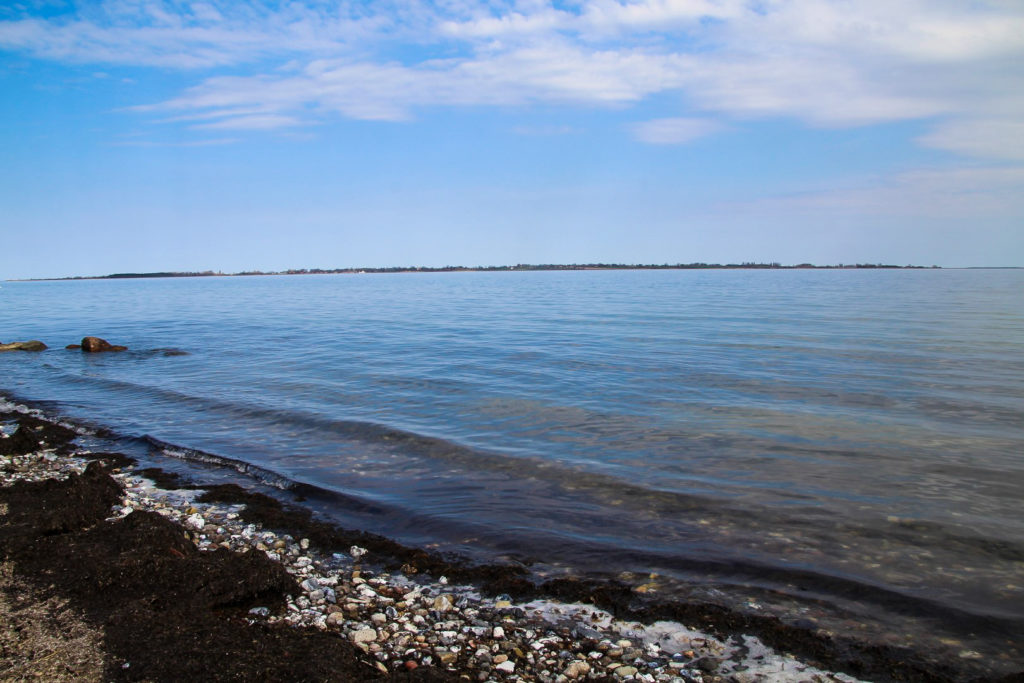


From Dybvig Havn, I cycled all the way back through Fejø and up to the northwestern corner where the dam to Skalø is located. I cycled slowly over the dam, enjoying the views over Smålandshavet as I approached Skalø.
Skalø is the true gem of Fejø. The landscape is dominated by water meadows, and it actually reminded me of a (much) smaller version of Scotland’s breathtaking North Uist.
Unfortunately, I didn’t have much time to spare for Skalø as my ferry was departing soon after, but I did have time for a ride up to one of the islands’ three farms and to the tiny harbour where biking isn’t allowed. So I parked my bike and walked down the narrow path that led me to the cutest little harbour I’ve ever seen. I met a couple that were planning to walk around the island, a trip that usually takes 1-2 hours. I joined them for a little while, just to see the gorgeous chalk cliffs that tower above Skalø’s stony beach, but then it was time for me to leave.
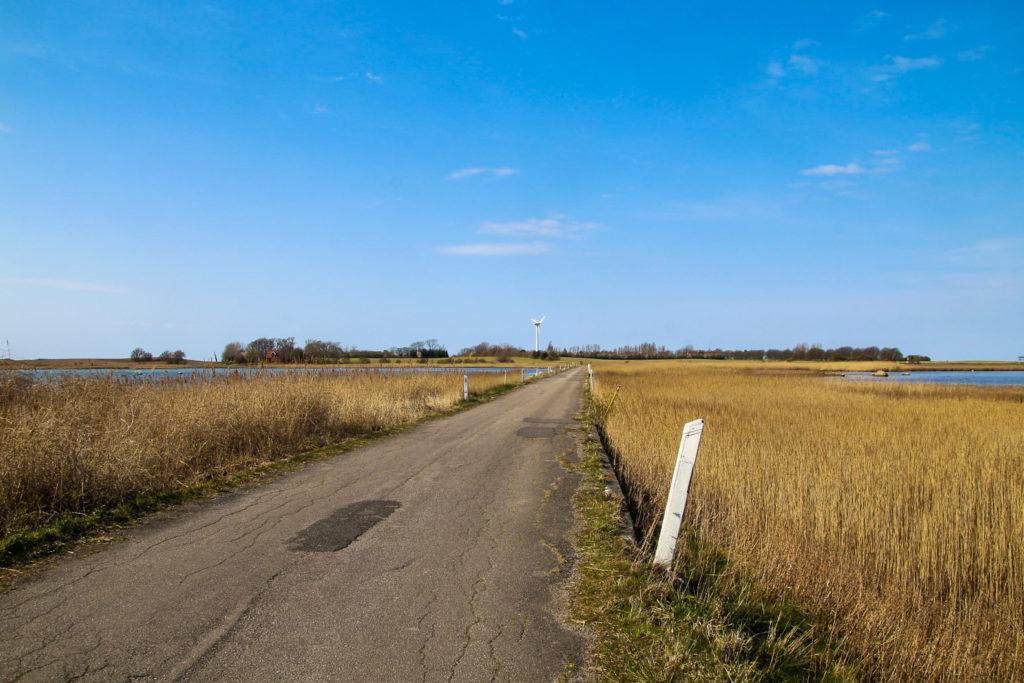

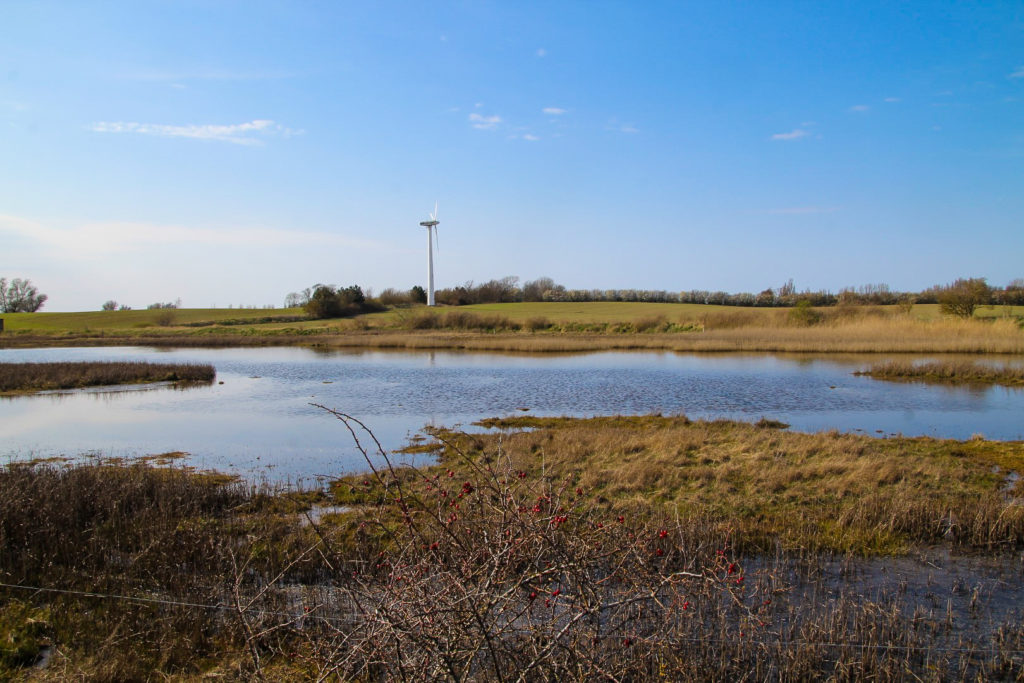

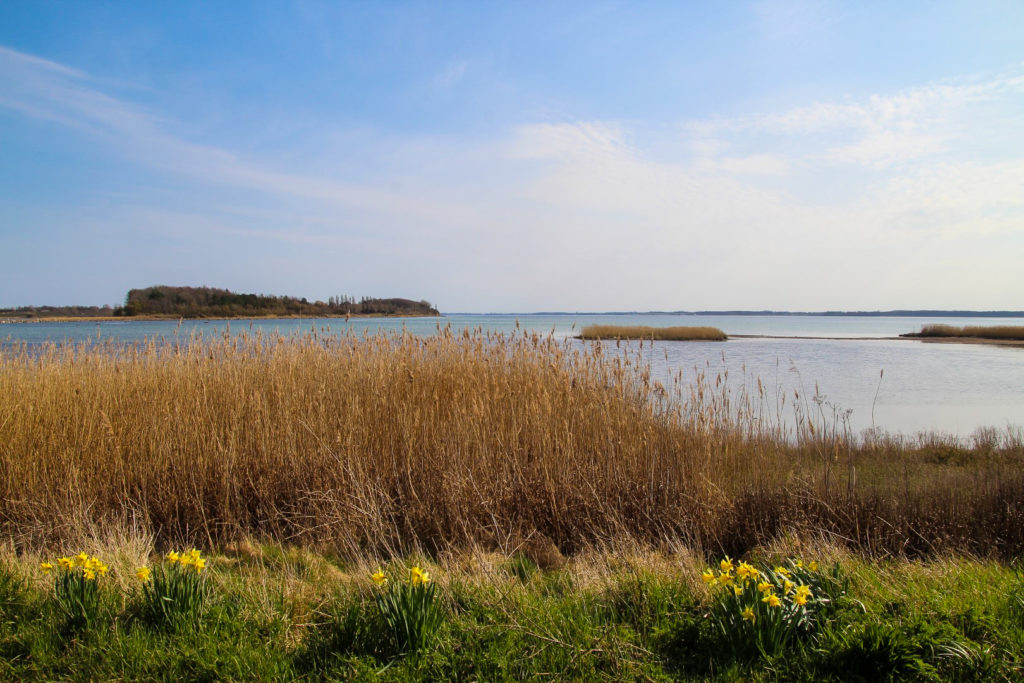
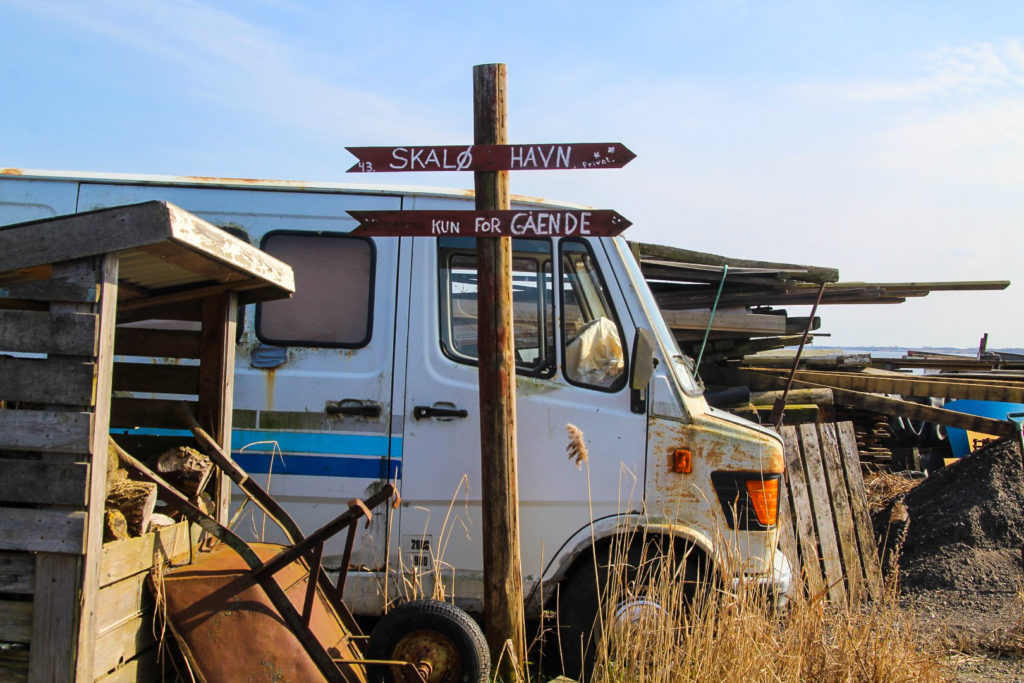
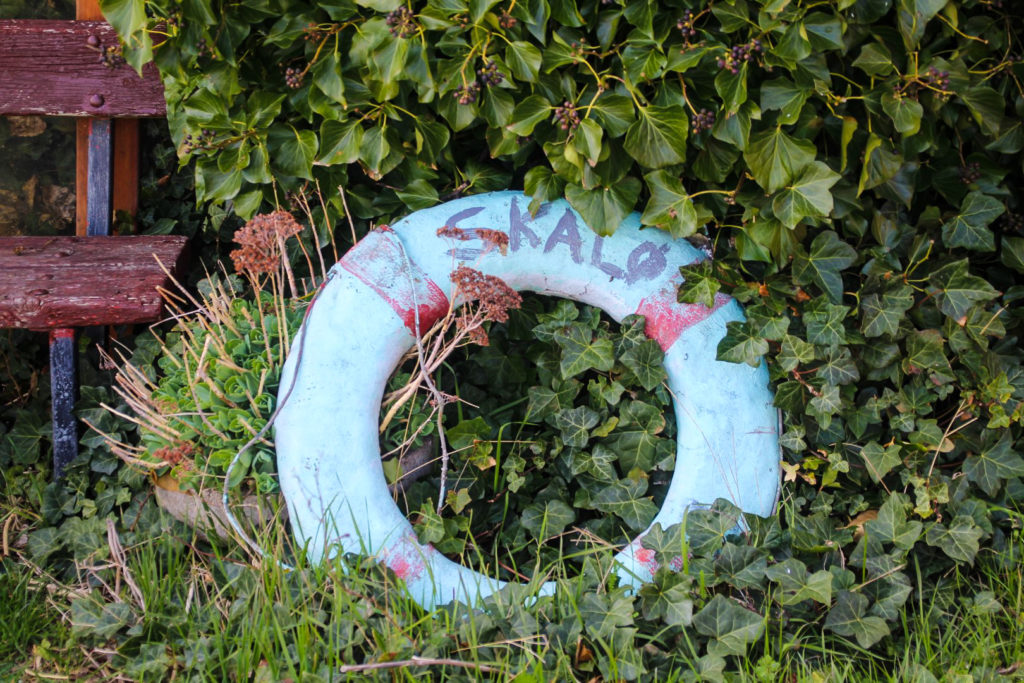

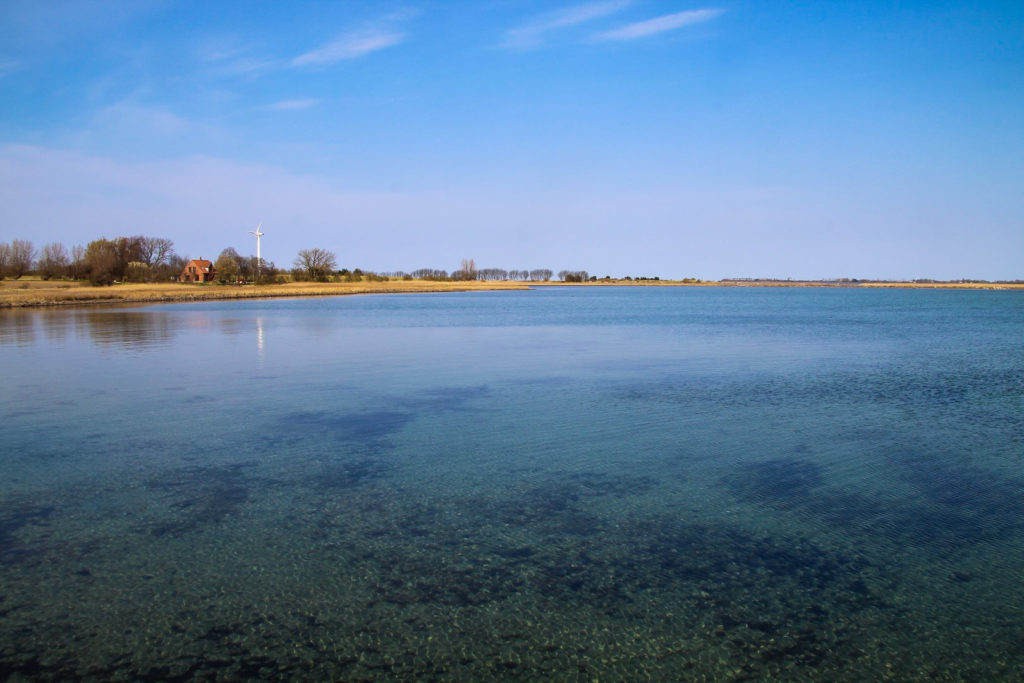
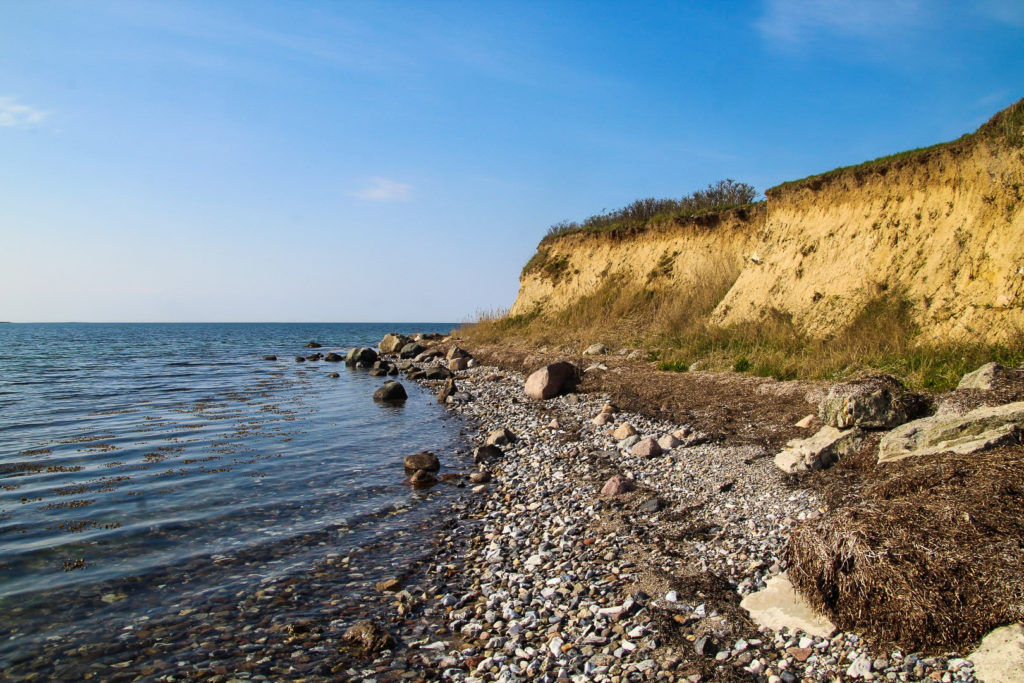
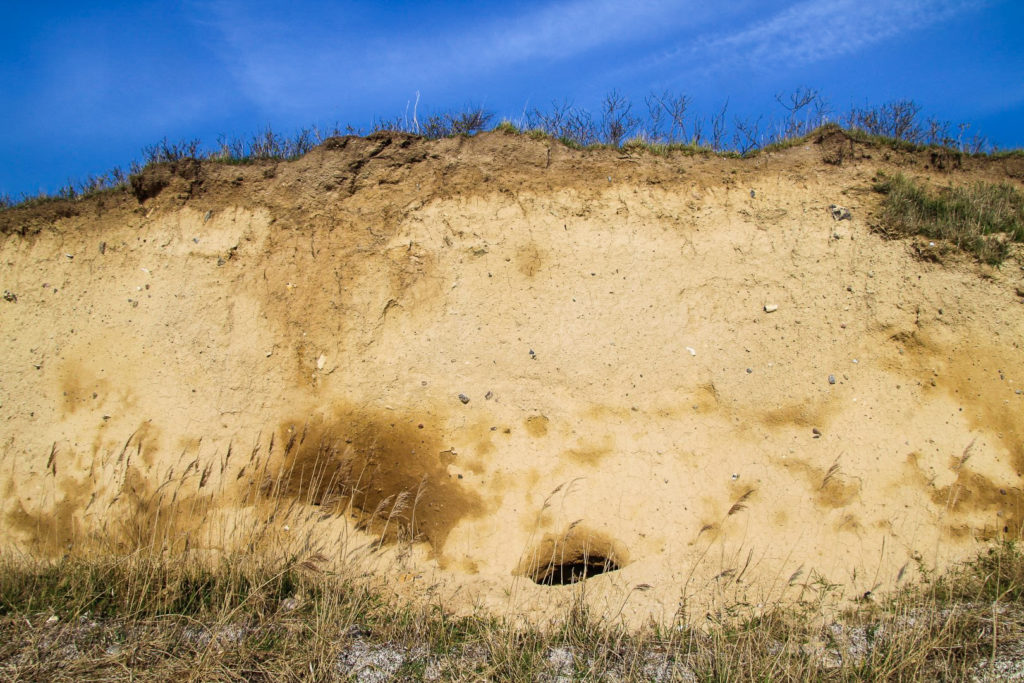
I rode as quickly as I could back to the harbour where the ferry was waiting for me. I made it just in time and sailed back to Lolland as the only passenger. A wonderful day on Fejø and Skalø had come to an end. As much as I would’ve loved to have had more time on Skalø, I feel like I saw a lot in just one day. My legs were definitely tired after all that cycling!
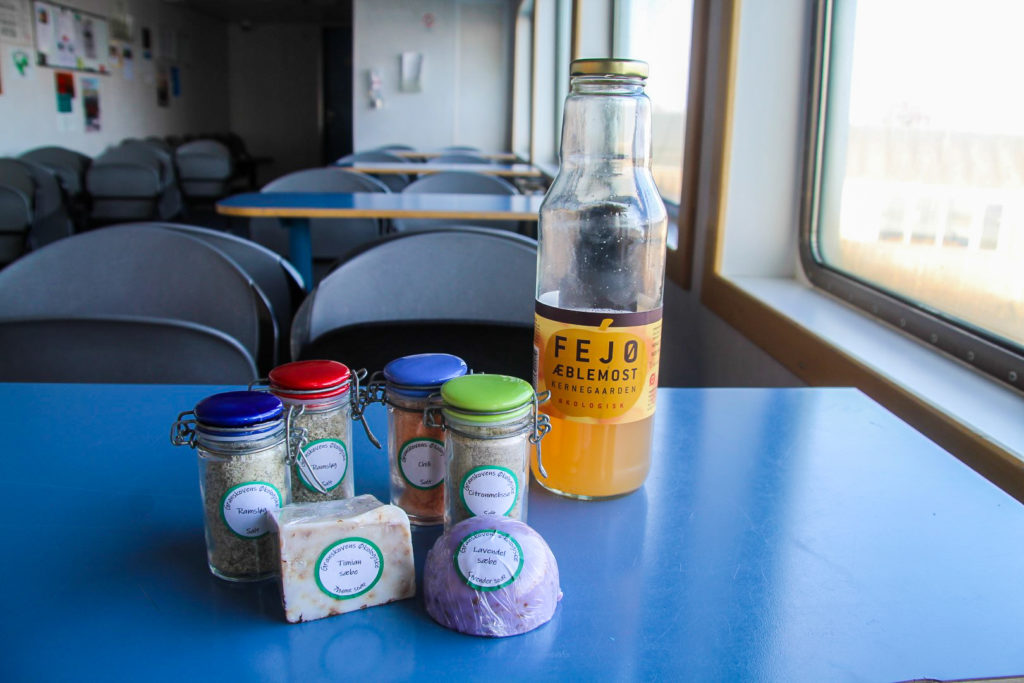

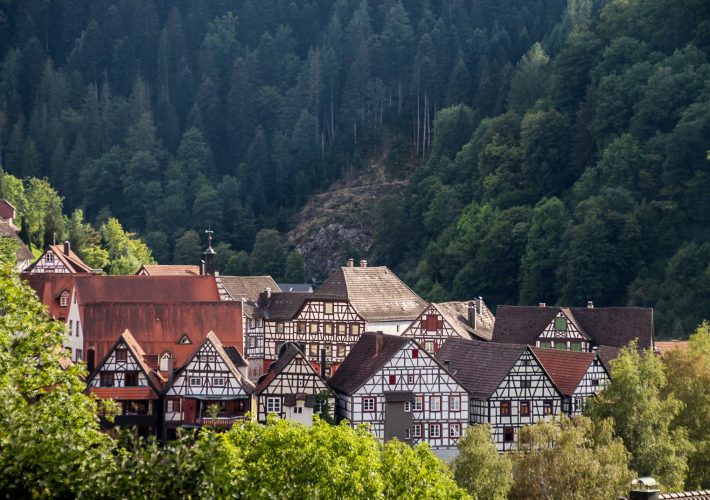
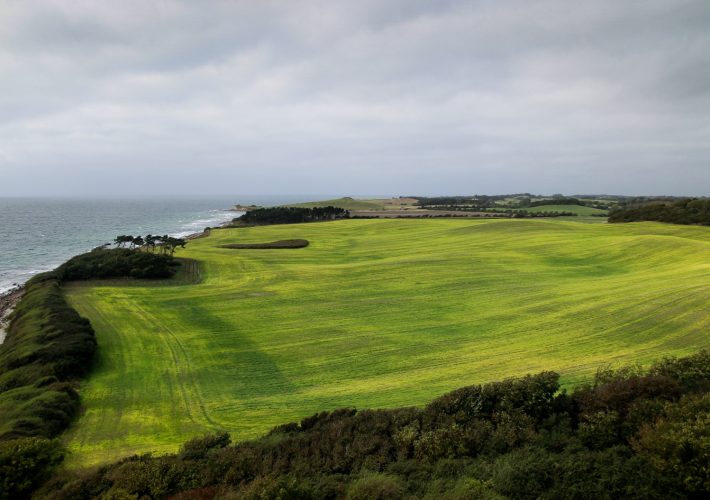
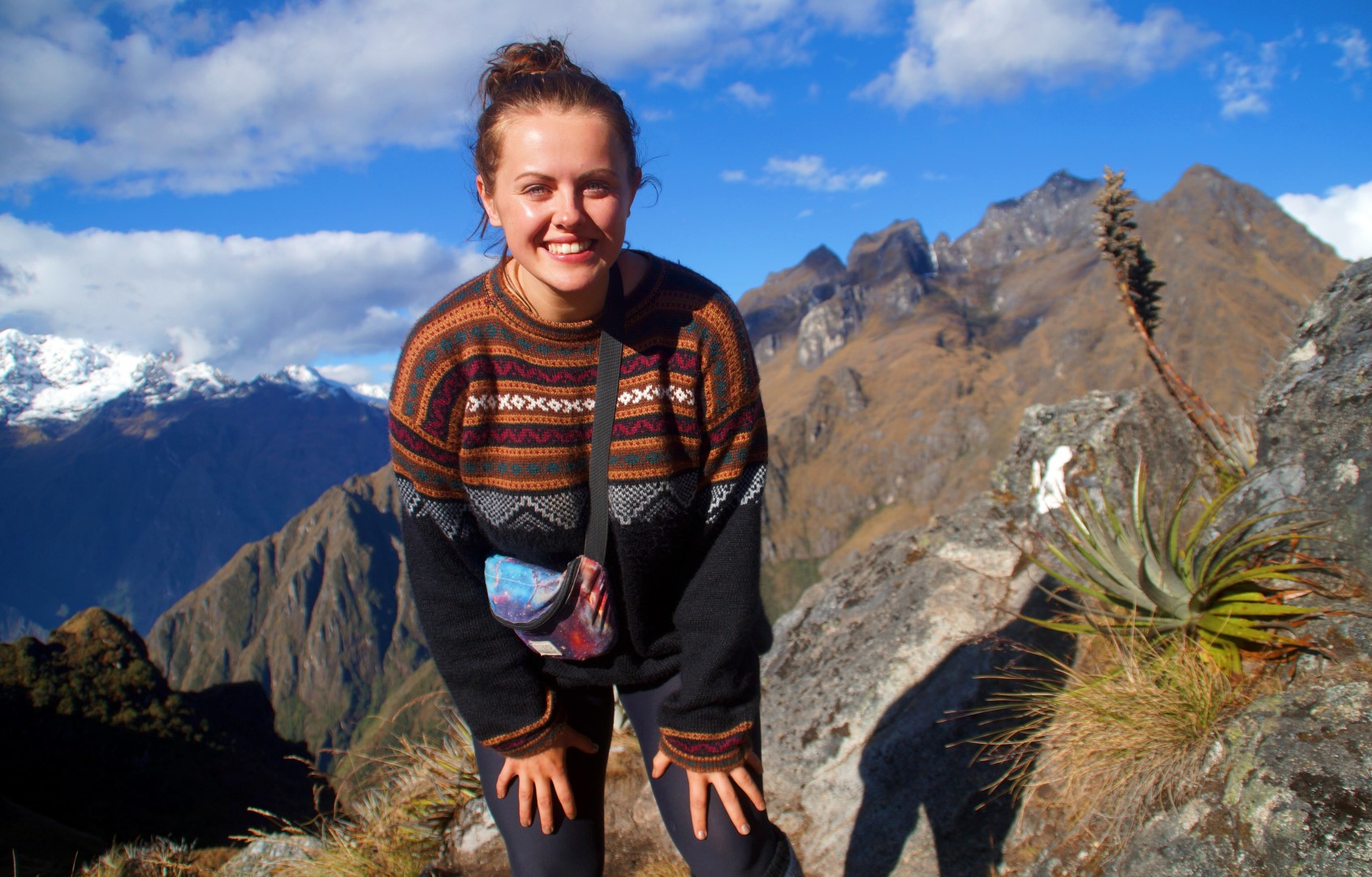

Leave a Comment